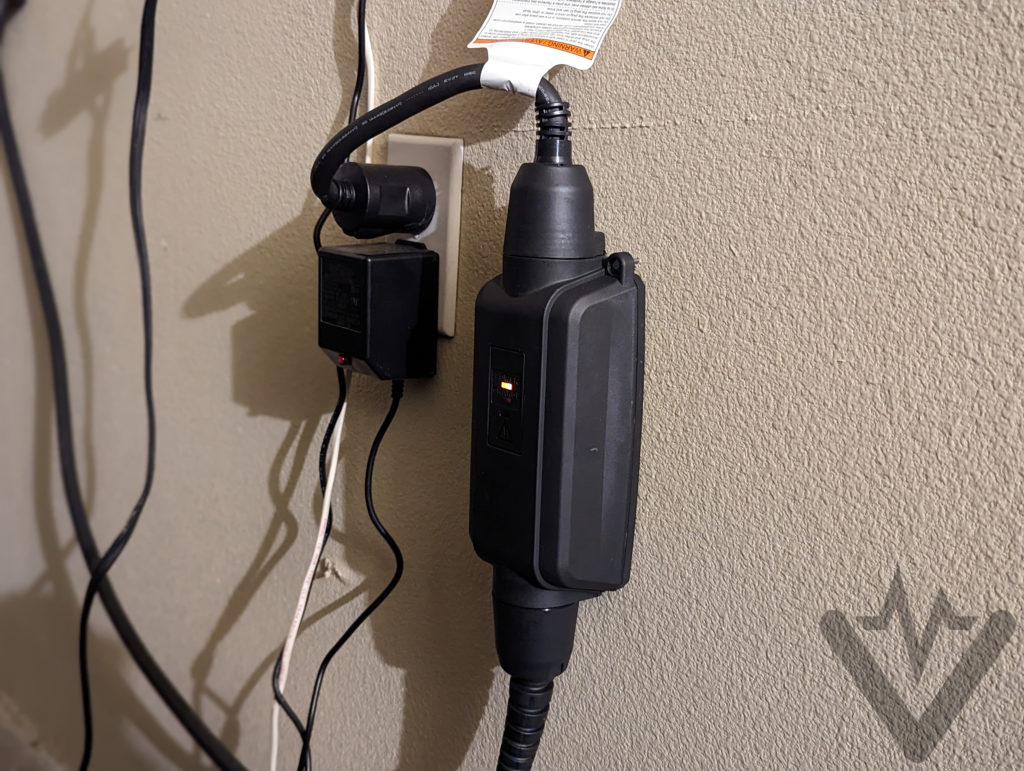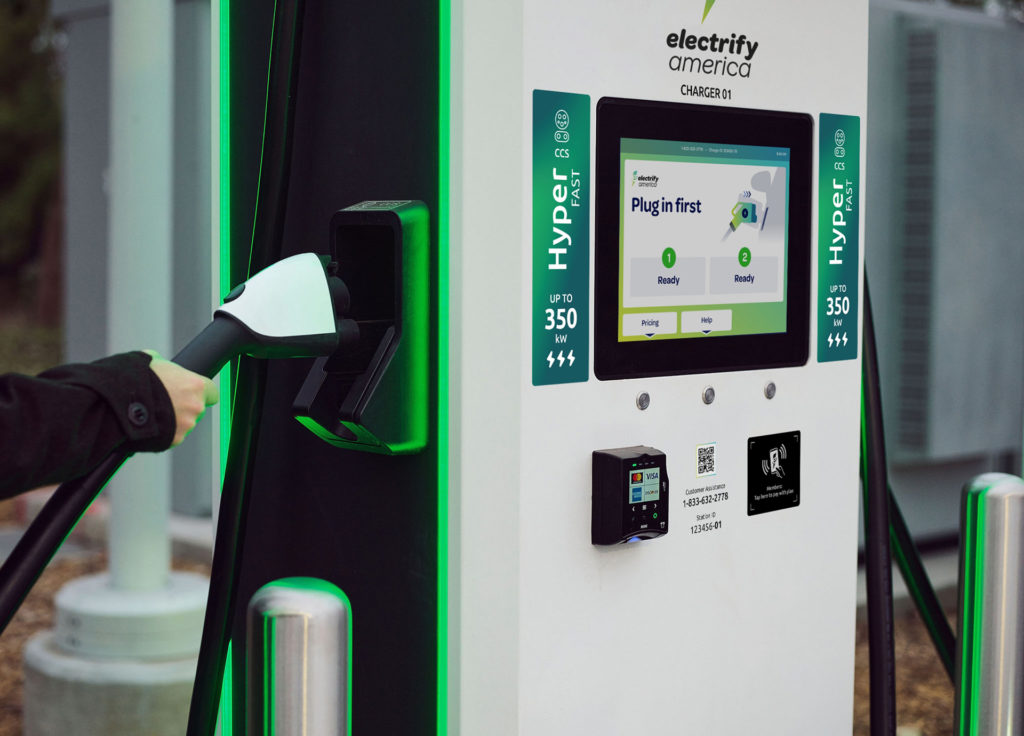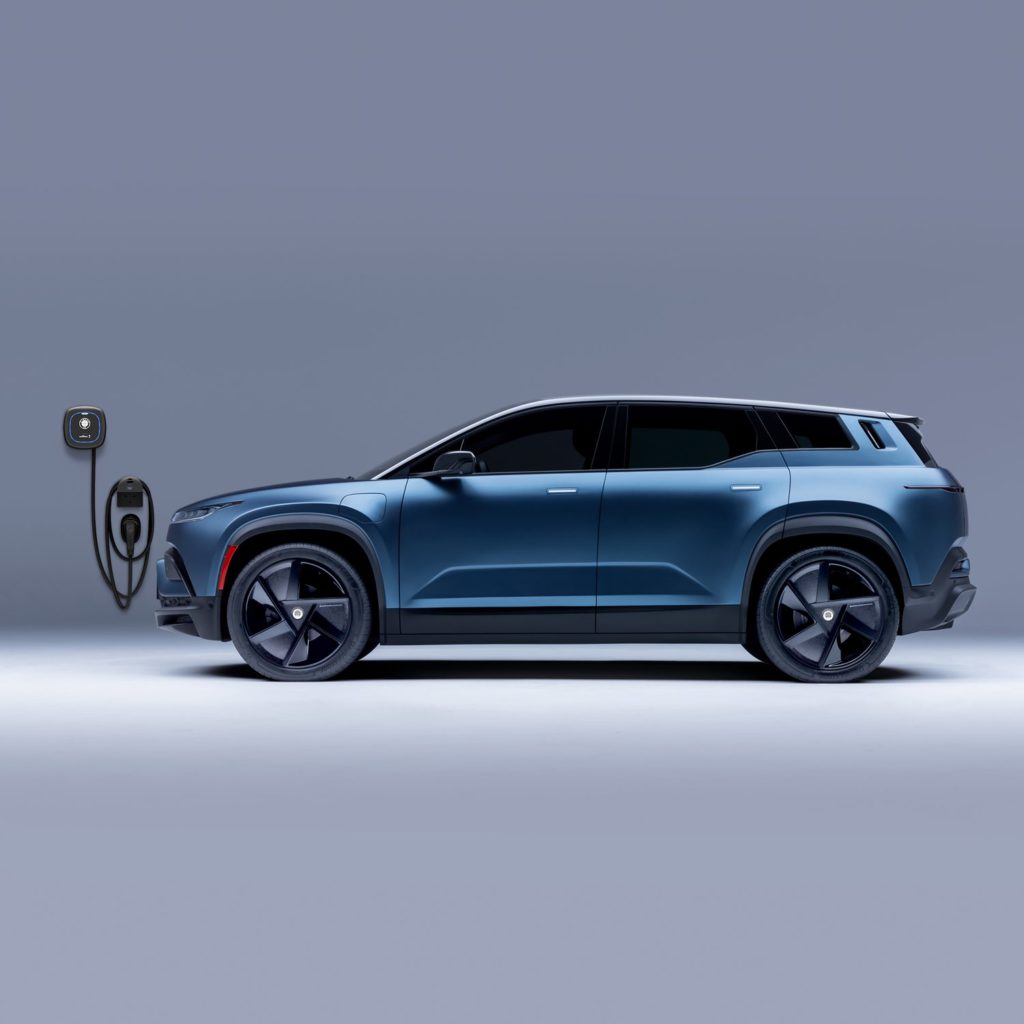So, you’re thinking about getting a new electric vehicle or you just bought one and you’re wondering, “Do I need a dedicated EV charger at home?” Well, the answer is no… but also definitely yes. Wait, what? Here’s the scoop.
The short answer to the above question is no, you do not have to have an EV charger, but if you live where one can be installed, you’re almost certainly going to want one. We here at EV Pulse we firmly believe you’re living your best EV life when you can charge at home and wake up every day with more than enough range to get where you need to go. Public charging should be the exception, not the rule.

That said, let’s consider all your options, as well as their pros and cons starting with a free solution. Many new EVs come standard with Level 1 chargers. These plug into your typical 120-volt household outlets, meaning you can use them just about anywhere. Unfortunately, though, these chargers are not very powerful. They only get you around 3 to maybe 5 miles of range per hour, and that’s not great.
SEE ALSO: Hybrids vs. plug-in hybrids vs. electrics: EV Basics No. 6
Here’s a for-instance that proves this point. When properly equipped, the Tesla Model Y SUV offers up to 330 miles of range. If you come home with, say, 30 miles in reserve, Level 1 charging could take 100 hours to fully juice up the battery, to replenish the 300 miles of range that got used up. That’s four days! I hope you don’t have anywhere else to go for the rest of the week.
Now, depending on where you live, you could rely on public charging instead. You can Level 2 or DC Fast Charge at stations rather than at home. This is what EV drivers that live in apartments or other places without a garage have to do. Either option is way faster than going the Level 1 route, but there are some downsides.
When public charging, you almost always pay more per kWh than you would at home unless it’s a free perk provided by your municipality. Beyond that, DC fast charging too frequently can negatively impact battery life. This is something many vehicle manufacturers caution against, so use it sparingly if you can. And finally, even so-called “fast charging” can take a long time, up to two hours in some slow-charging vehicles. So, don’t buy an EV thinking you can treat Electrify America like a gas station.

Ultimately, the best all-around solution is having a Level 2 charger installed in your carport or garage. These are powerful enough to fully replenish an EV’s battery overnight, you pay less per kWh and your vehicle is nice and safe at home.
Still, nothing’s perfect and there are a couple downsides to Level 2 charging. As we mentioned in another EV Basics article, chargers and their installation can be a costly investment. And for those in apartments or condos, installing a charger may be entirely out of the question unless your garage provides access to a NEMA 14-50 or 14-30 outlet like a clothes dryer would plug into.
Some EVs come with combination chargers that support both 120-volt Level 1 charging as well as 240-volt Level 2 charging. These typically have plug ends you can easily swap out. This is a good solution that can save you the expense of buying a hard-mounted Level 2 charger, but you still might have to pay an electrician to run a 240-volt line to where your vehicle will charge. If you already have an outlet occupied by a dryer, smart circuit splitters are an option, too. They allow you to charge your EV and dry your clothes without overloading the circuit.
READ THIS: What’s the difference between kilowatts and kilowatt-hours? EV Basics No. 1
At the end of the day, you don’t need a dedicated electric vehicle charger at home. But, let’s reframe that. If you can, should you install a home charger? Ultimately, that’s a personal decision, but here are some additional questions you can ask yourself to arrive at the right answer for YOU.
- Does the place where you work, attend school, or otherwise spend the bulk of your day provide free or low-cost EV charging?
- On average, do you drive fewer than 20 miles a day? If so, maybe charging from a household outlet is just fine.
- Do you have an additional, conventional vehicle in your household for times when your driving needs outpace your ability to recharge quickly enough?
- To the point of affordability, does the EV you’re shopping for provide discounted charger installation with a partner company?
- Do you qualify for local or federal incentives to offset the cost of a charger and its installation?
- Your time is a valuable resource. Are you able to wait, in worst case scenarios, hours to charge? Public chargers are still a limited resource, and the number of EVs on the roads is on the rise.
- If you plan on primarily DC fast charging, are you leasing your vehicle? If so, the burden of poor future battery life won’t be something you necessarily have to contend with.
Depending on how you answered these questions, you should have a better idea of whether installing a home charger is right for you.

Summing things up, you can get away with using the 120-volt, Level 1 charger that came with your EV or you can rely on public charging networks. But for the best ownership experience, plan on getting a Level 2 charger installed in your garage or carport if you can. That’s our recommendation here at EV Pulse.
